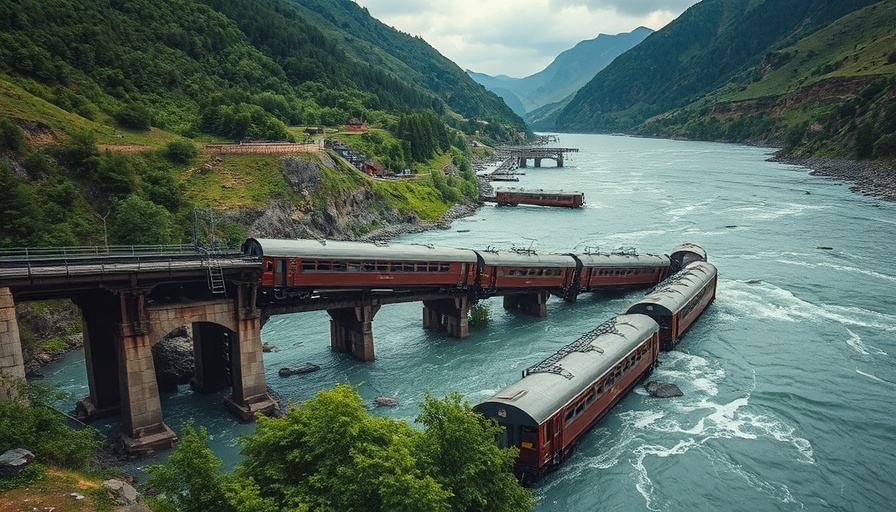
The Unexpected Impact of Conservatorship Law in San Diego
In January 2025, San Diego County implemented a new state conservatorship law, SB 43, designed to broaden the eligibility for short-term involuntary holds. This change stirred considerable debate among healthcare providers, mental health advocates, and local authorities. Major concerns were expressed that the expansion would lead to a surge of patients flooding emergency rooms and other facilities. Mayor Todd Gloria and some mental health advocates strongly urged county supervisors to take swift action to implement the law, creating a climate of urgency.
Initial Reaction: Fears of Overwhelmed Systems
Despite the expectations of widespread chaos, the early months following the law's enactment suggested a different reality. Contrary to predictions, county data indicates that involuntary holds actually trended downward shortly after the law went into effect. Experts were baffled by this trend, with many expecting a spike in mental health crises and emergency room visits. The initial findings sparked curiosity; why had there not been an influx of patients?
Exploring Possible Explanations
Analyzing the reasons behind these unexpected outcomes requires a multifaceted approach. Some mental health experts suggest that increasing awareness and access to resources prior to the law's implementation might have equipped patients to seek help voluntarily rather than through involuntary holds. Others speculate that the community's response to mental health challenges may have evolved, with improved modes of treatment and support systems lessening the need for stringent measures like conservatorships.
Balancing Concerns: The Human Element
The impact of the law extends beyond statistics and hospital visits. Parents and children's lives are intertwined with these policies; the recent arrest of a parent outside a Chula Vista school raises concerns about the chilling effect on families. Communities with strong familial ties may feel the ramifications of such actions, creating an atmosphere of fear and anxiety. Active participation in community discussions about mental health is essential for fostering understanding and the appropriate use of new laws.
Looking Ahead: Future Challenges and Opportunities
While the initial results post-implementation are promising, there is still much to learn. County officials, advocates, and the medical community must remain vigilant in monitoring the effects of the conservatorship law. By staying proactive and responsive to community needs, San Diego can navigate these challenges effectively. The need for ongoing dialogue and collaboration must prevail, focusing on developing additional support mechanisms tailored to unique local concerns.
Is the System Ready for Change?
As the county’s experiment with SB 43 evolves, it prompts critical questions about the sustainability of these changes. Are the necessary frameworks in place to support potential shifts in mental health trends? What role do community members play in shaping the mental health response in San Diego? Answering these questions will be integral to ensuring a resilient and effective system in the long term.
Ultimately, understanding the implications of the conservatorship law isn't just about numbers; it’s about people. Engaging the community in mental health conversations and advocating for responsible practices is essential in creating a system that prioritizes individuals and families. As San Diego says goodbye to fears that haven't played out thus far, it opens the door for a healthier outlook on managing mental health issues.
 Add Row
Add Row  Add
Add 




Write A Comment